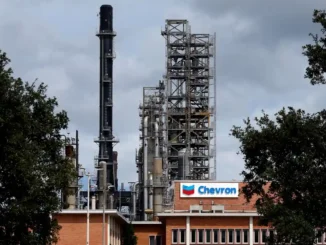
In the final publication of EPA’s Standards of Performance for New, Reconstructed, and Modified Sources and Emissions Guidelines for Existing Sources: Oil and Natural Gas Sector Climate Review (Referred to as “NSPS OOOOb”) published in the federal register March 8, 2024[1], oil and gas operators are required to eliminate routine flaring over a period of time from now until finally in 2026. Specifically, the rule requires the flaring may only be allowed in certain circumstances in which there is no technical feasibility to “route the associated gas to a sales line, use it as onsite fuel or for another beneficial purpose, or inject/reinject it.” The rule specifically does not allow an economic feasibility study, only technical infeasibility is considered as a reason to allow flaring.
Now, recall the basics of Bitcoin mining in the oilfield. Excess gas at the site is routed to a natural gas-powered generator used to generate electricity directly on site. That electricity is used to power Bitcoin mining equipment located onsite.[2]
Through the final publication of this EPA rule, in order to make a claim that gas must be flared, a professional engineer must certify that the gas cannot be used as fuel in a generator to generate power (and do whatever you want with the power). It doesn’t matter what your global viewpoint is on the utility or social value of Bitcoin. It doesn’t matter if you don’t believe in the Bitcoin market. It doesn’t matter if you argue that mining Bitcoin generates emissions or uses energy. Honestly, the economics of Bitcoin mining don’t even matter to EPA. Through this regulation, EPA now effectively mandates a Bitcoin feasibility analysis in the flaring justification for every well.



